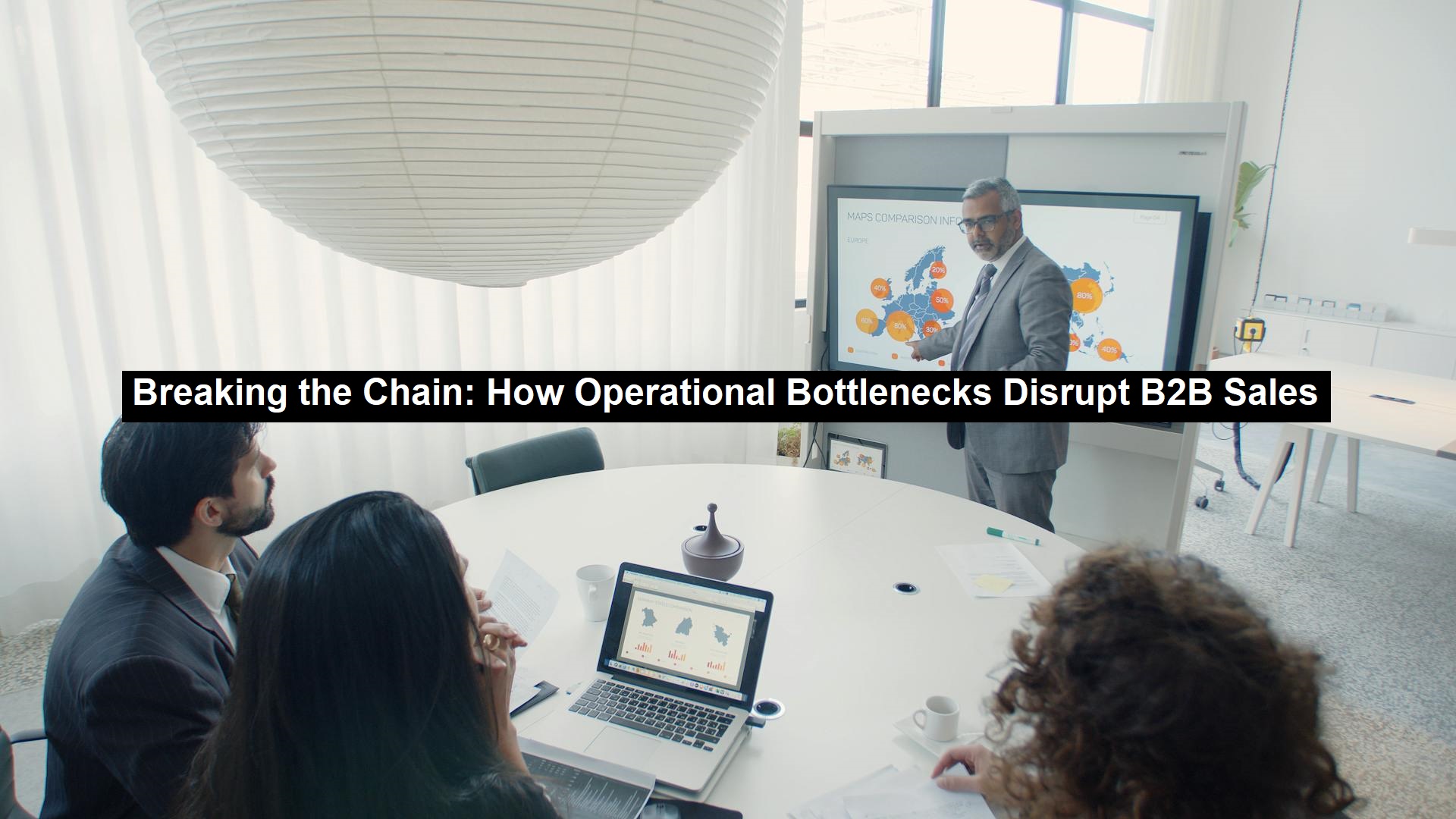In the competitive landscape of B2B commerce, operational bottlenecks are often hidden in plain sight. These silent disruptors affect not only how efficiently orders are processed but also how customers perceive and interact with a business. Issues such as lagging order fulfillment, inaccurate inventory tracking, and disjointed workflows can trigger delays, miscommunications, and ultimately, lost business. When companies rely on legacy systems or disconnected processes, even basic customer expectations—like receiving accurate quotes or timely shipments—become difficult to meet.
A common pain point lies in managing personalized pricing and payment terms. Many B2B buyers expect tailored experiences that reflect negotiated contracts, yet businesses operating without modern tools often fail to deliver. Inconsistent pricing or generic product catalogs send a message of inflexibility, making buyers feel like just another number rather than valued partners. Moreover, manual intervention in quoting and order fulfillment increases the likelihood of human error, which can snowball into order disputes and eroded trust.
Read: Advancing Medical Care for Crews and Passengers at Sea
Inventory management is another area where bottlenecks quietly cripple scalability. Businesses that can’t see real-time stock levels struggle to respond to fluctuating demand, leading to overstocking, backorders, or missed sales opportunities. This lack of visibility is particularly problematic during seasonal surges or supply chain disruptions, where agility is key. Over time, these inefficiencies compound and chip away at margins.
The key to overcoming these challenges lies in automation and systems integration. Leveraging tools like Acumatica ecommerce integration allows B2B companies to sync orders, inventory, pricing, and customer data in real time. This kind of automation eliminates manual handoffs, ensures accuracy across touchpoints, and frees up resources to focus on growth-oriented initiatives. Automating order workflows not only speeds up fulfillment but also strengthens data integrity, allowing for faster, more informed decisions.
Automation also enables more intelligent inventory forecasting and dynamic pricing strategies. Businesses can instantly update catalog offerings based on buyer behavior, seasonal trends, or contract-specific pricing models. Custom shopping portals offer curated experiences that reflect the customer’s industry, previous orders, and negotiated terms—all elements that reinforce trust and loyalty.
Beyond internal efficiency, these upgrades profoundly affect the buyer experience. Transparency in product availability, pricing, and delivery timelines reassures customers and simplifies procurement. Buyers want fast, dependable interactions—especially when ordering at scale. Automated systems deliver that reliability and create a foundation for long-term relationships.
Ultimately, addressing these hidden bottlenecks doesn’t just eliminate inefficiencies; it redefines how B2B companies serve their customers. With the right ecommerce and automation strategy in place, businesses can streamline operations, boost satisfaction, and pave the way for sustainable growth in an increasingly digital B2B environment.
Bottlenecks-Disrupt-B2B-Sales
